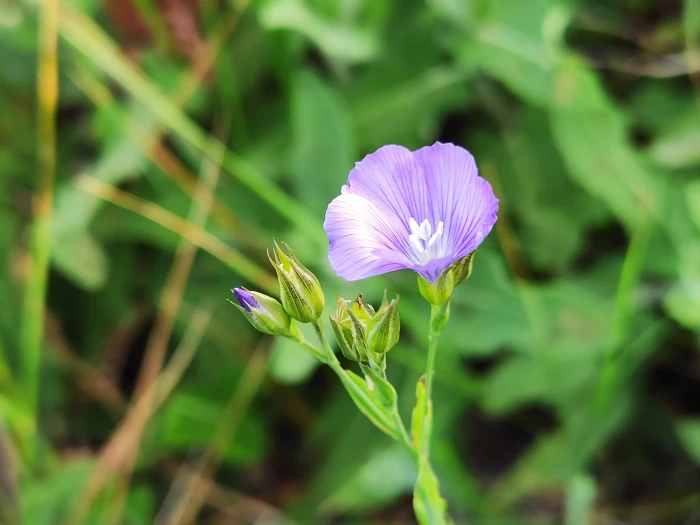Nervy Flax
(Linum nervosum)
Nervy Flax (Linum nervosum)
/
/

© Наталья Пикалова
CC BY 4.0
Image By:
© Наталья Пикалова
Recorded By:
Copyright:
CC BY 4.0
Copyright Notice:
Photo by: © Наталья Пикалова | License Type: CC BY 4.0 | License URL: http://creativecommons.org/licenses/by/4.0/ | Uploader: flora_krd | Publisher: iNaturalist |

























Estimated Native Range
Climate Requirements for Sicklerville, New Jersey
| This Plant | Your Site | Plant Suitability for Your Location | ||
|---|---|---|---|---|
| • Precipitation | 11" - 68" | 45" | Aquatic | Aquatic |
| • High Temp. | 49°F - 91°F | 86°F | Your summer temperatures are normal for this plant. | Excellent |
| • Low Temp. | -24°F - 36°F | 23°F | Your winter temperatures are normal for this plant | Excellent |
This plant may not grow well at your location - your precipitation is too high.
Summary
Linum nervosum, commonly known as Nervy Flax, is a perennial herb native to southeastern and eastern Europe to Iran. It is typically found in dry sclerophyll forests and grasslands, where it thrives in well-drained soils. Nervy Flax reaches a height of 1-2 feet (0.3-0.6 meters) and a width of 0.5-1 feet (0.2-0.3 meters), with a moderate growth rate. Its appearance is characterized by slender stems and narrow leaves, with clusters of bright yellow, showy flowers that bloom in the summer and attract pollinators.
Nervy Flax is valued for its drought tolerance and vibrant flowers, making it suitable for rock gardens, native plantings, and as a border plant in areas with dry climates. It is also used for its flax-like fibers. In cultivation, it requires minimal maintenance, preferring full sun to part shade and thriving in sandy or loamy soils with good drainage. It is relatively low-maintenance, needing only occasional watering once established. While it is not known for significant disease or pest issues, overwatering can lead to root rot. Nervy Flax is not typically associated with aggressive roots or invasiveness.CC BY-SA 4.0
Nervy Flax is valued for its drought tolerance and vibrant flowers, making it suitable for rock gardens, native plantings, and as a border plant in areas with dry climates. It is also used for its flax-like fibers. In cultivation, it requires minimal maintenance, preferring full sun to part shade and thriving in sandy or loamy soils with good drainage. It is relatively low-maintenance, needing only occasional watering once established. While it is not known for significant disease or pest issues, overwatering can lead to root rot. Nervy Flax is not typically associated with aggressive roots or invasiveness.CC BY-SA 4.0
Plant Description
- Plant Type:
- Height: 1-2 feet
- Width: 0.5-1 feet
- Growth Rate: Moderate
- Flower Color: Yellow
- Flowering Season: Summer
- Leaf Retention: Deciduous
Growth Requirements
- Sun: Full Sun, Part Shade
- Water: Low
- Drainage: Fast, Medium
Common Uses
Butterfly Garden, Drought Tolerant, Low Maintenance
Natural Habitat
Dry sclerophyll forests and grasslands in temperate regions of southeastern Australia, including Tasmania
Other Names
Common Names:
Scientific Names: Linum nervosum
GBIF Accepted Name: Linum nervosum